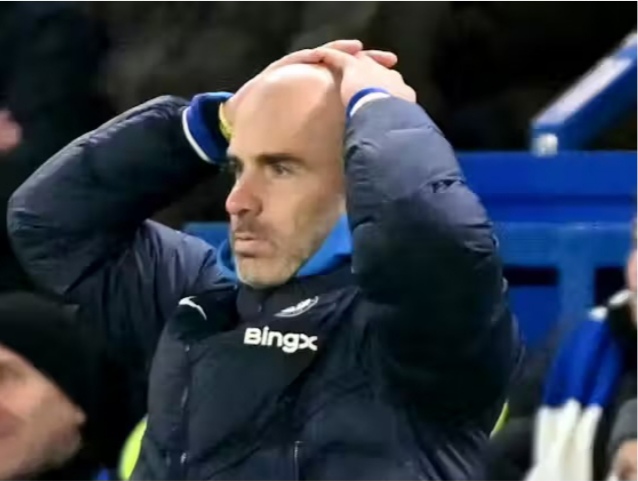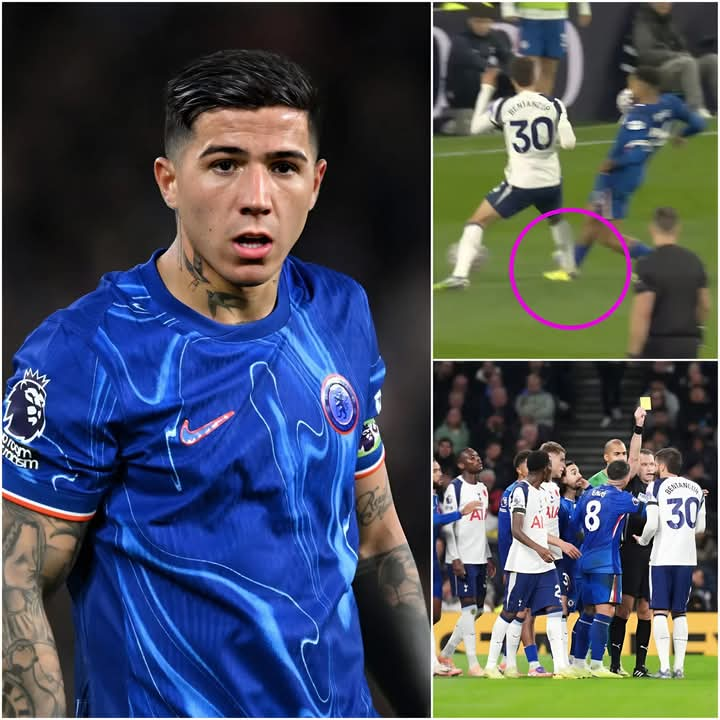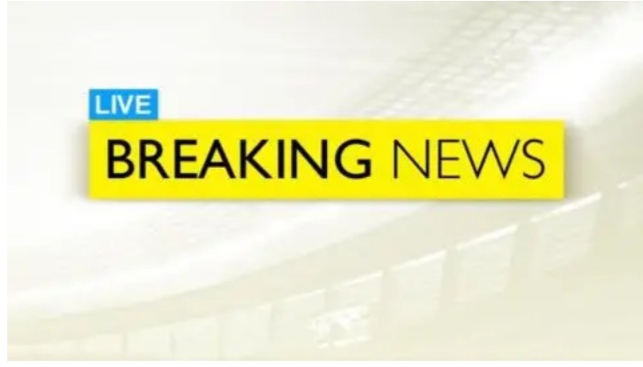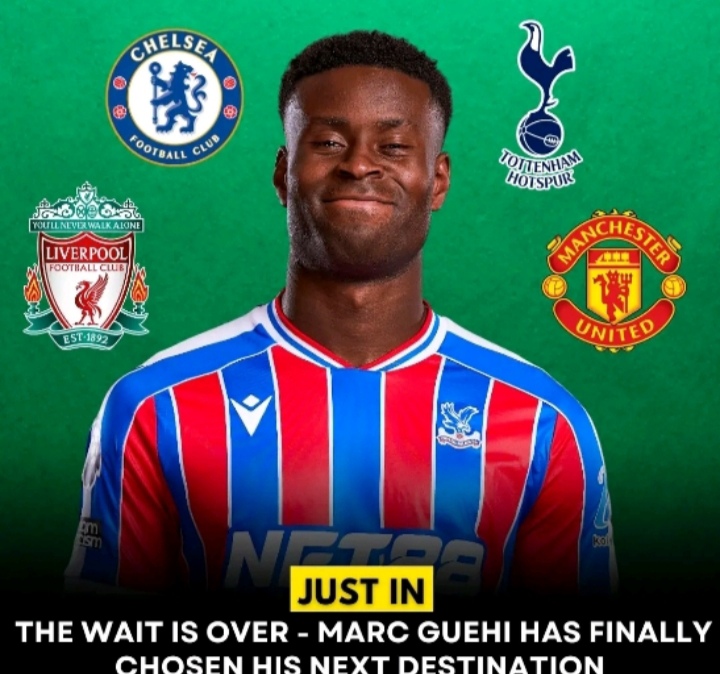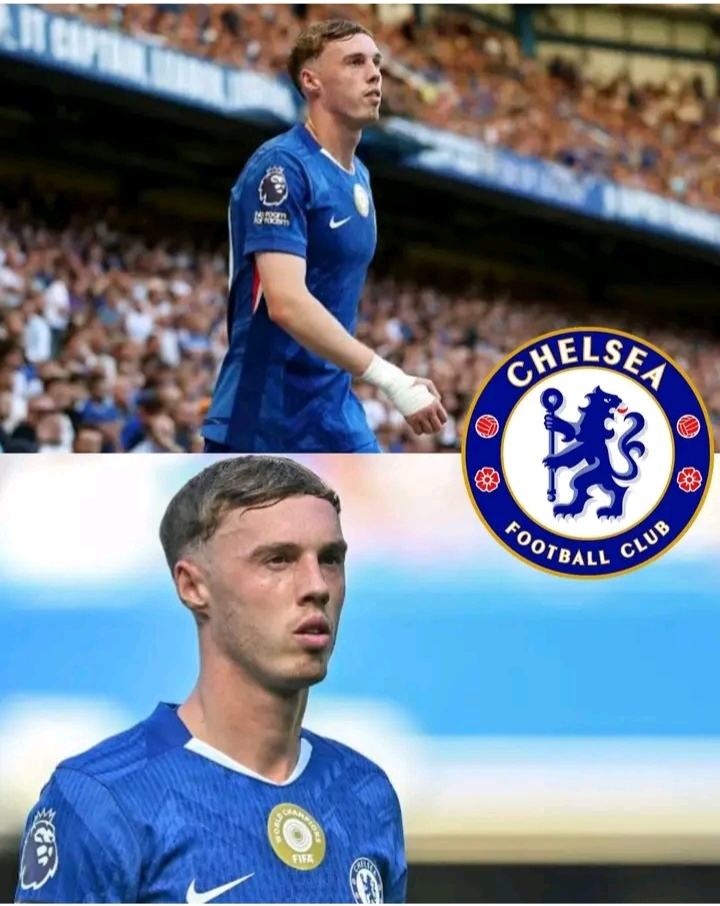Chelsea Face Midfield Setback as Lavia’s Injury Woes Continue
Belgian midfielder Roméo Lavia, 21, has endured a frustrating spell at Chelsea since his £58 million switch from Southampton in August 2023, with recurring muscular problems restricting him to just 11 Premier League appearances this season and a mere 32 minutes last campaign.
His most recent setback—a continuation of long-standing muscle issues—came shortly after returning in Chelsea’s FA Cup clash against Bournemouth in January 2025. Lavia played 45 minutes in that match before being taken off, marking yet another interruption in his attempt to regain full fitness.
Manager Enzo Maresca’s February update offered little clarity, only noting that Lavia was “still in the process to come back” and had “a long way to go.” However, fresh reports now indicate he’ll be sidelined for at least three more months, keeping him out until late October 2025.
Lavia’s absence is a significant blow, particularly due to his importance in Maresca’s possession-oriented approach. The young midfielder’s ability to resist pressure and play incisive, line-breaking passes is vital for linking defense with attackers like Cole Palmer in the half-spaces.
Data from SkillCorner’s AI-driven analysis shows Lavia averages 4.7 line-breaking passes per 90 minutes—an asset that proved crucial in big fixtures against sides like Manchester City, Arsenal, and Liverpool earlier this season.
With Lavia unavailable, Maresca may need to lean on Enzo Fernández or Moisés Caicedo. While Fernández is capable of breaking defensive lines (with 18 such passes this season), neither player fully replicates Lavia’s blend of defensive grit and progressive distribution. Caicedo offers physicality, but not the same vision through midfield zones.
Despite speculation about bolstering the squad in January, Maresca has expressed confidence in the current roster, claiming Chelsea have “enough players to cover.” Still, losing Lavia’s calm under pressure and ability to dictate tempo could pose a risk against elite European teams, especially in the Champions League’s revamped 2025/26 format.
Given Maresca’s history of managing injured players cautiously—such as the gradual reintegration of Reece James—it’s unlikely Lavia will be rushed back. David Bombeke, Lavia’s personal physiotherapist, has voiced concern about the toll the injuries are taking, suggesting they’ve begun affecting the player mentally. Nonetheless, Lavia remains determined and optimistic about his return.
As Chelsea tackle a busy schedule packed with league ambitions and Champions League knockout ties, Maresca may be forced to shift to a more conservative double-pivot midfield pairing with Caicedo and Fernández. Though it may dull Chelsea’s attacking fluency, it could offer the stability needed in high-stakes matches.
Lavia’s ongoing injury battle also casts a shadow over Chelsea’s long-term midfield plans. Once described by Maresca as a “world-class talent in the making,” the Belgian’s development now hangs in the balance. For now, Chelsea must adapt without one of their brightest young stars—and hope the rest of their midfield can rise to the challenge.




